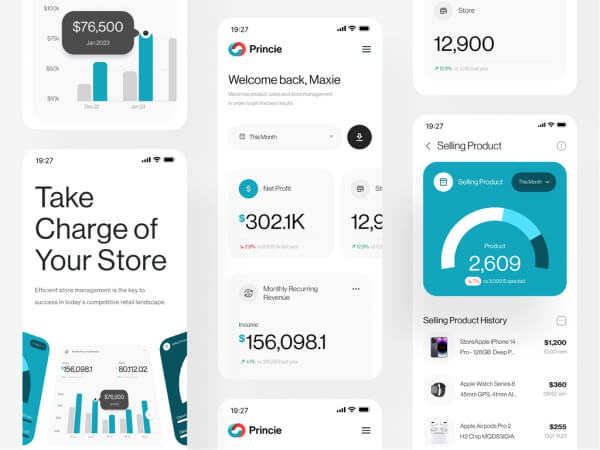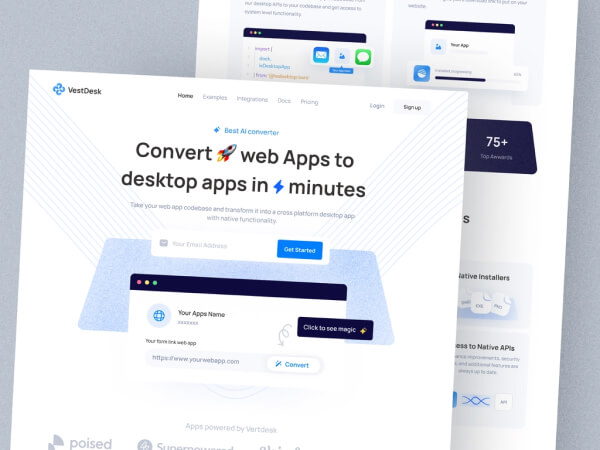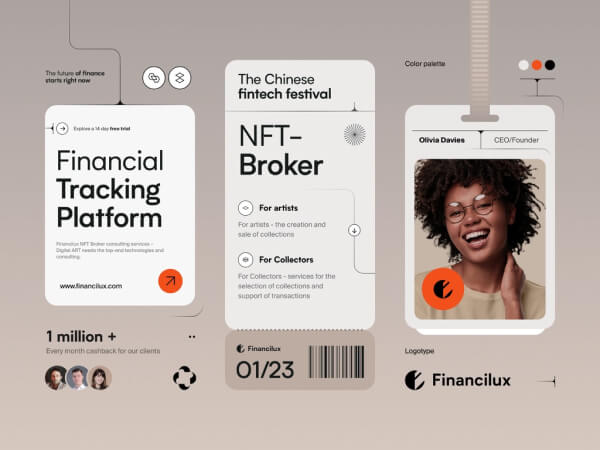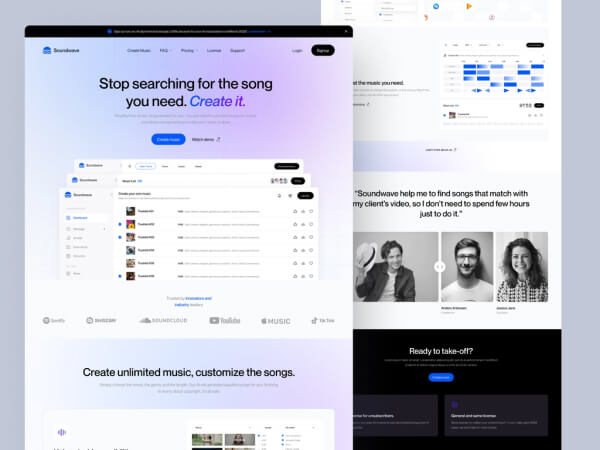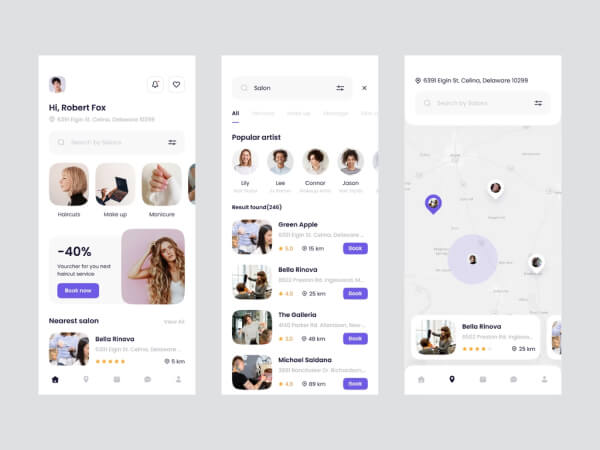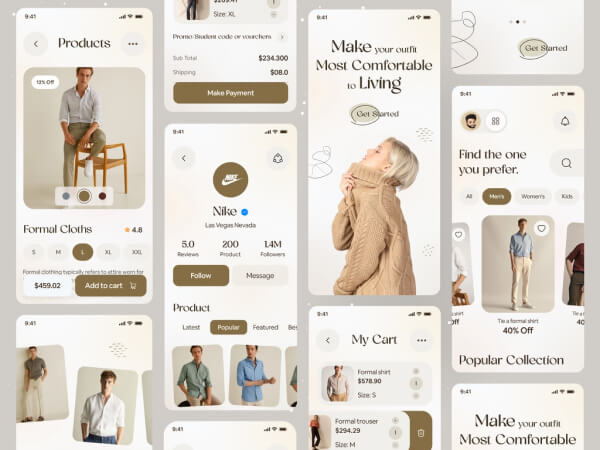Some of the key aspects of architecture include:
Design: Architects use their creativity and design skills to create buildings and structures that are functional, aesthetically pleasing, and fit in with their surroundings. They us e a variety of tools and techniques to create detailed plans and drawings of their designs.
Engineering: Architects must also have a strong understanding of engineering principles, including structural engineering, mechanical systems, and electrical systems. This knowledge helps them to create designs that are safe, efficient, and sustainable.
Building Codes & Regulation: Architects must be familiar with local building codes & regulations, and ensure that their designs meet these requirement. They must also consider issues such as accessibility, fire safety, and environmental sustainability.

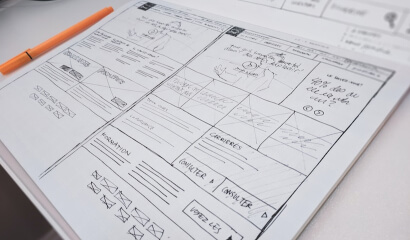
Start by brainstorming ideas for your digital
product. Identify a problem or a need that you can address with your product.
Conduct market research to validate your idea and understand your target audience.
Identify potential competitors and determine how your product can stand out in the
market. Clearly define what your digital product will offer and its key features.
Create a product roadmap or specification document that outlines the functionality,
user interface, and overall design. Create wireframes and design mockups to
visualize the user interface and user experience. You can use design tools like
Sketch or Adobe XD for this step. Develop interactive prototypes to get a better
sense of the product flow and gather feedback.




